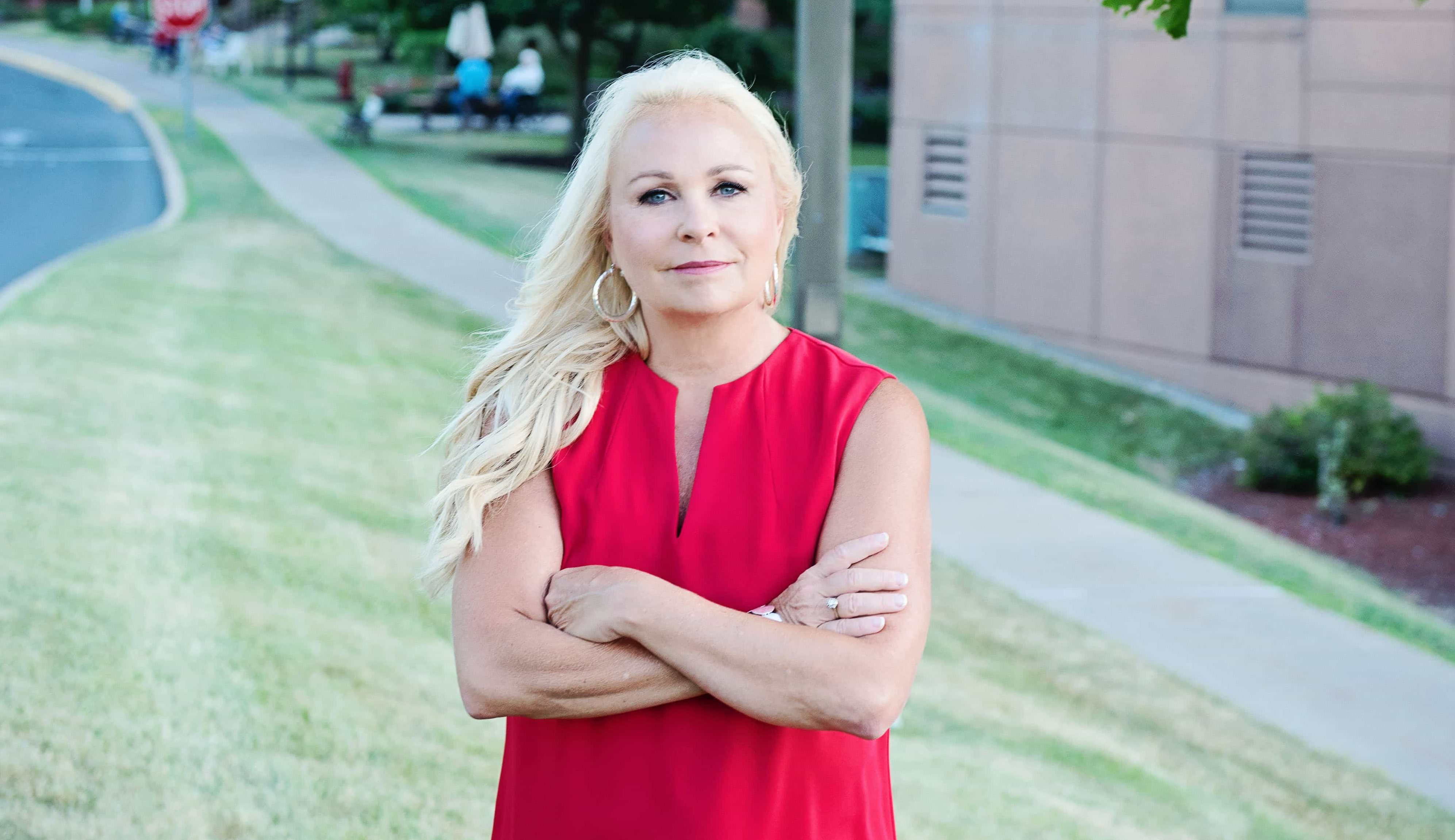How to Survive – and Thrive – in a Life Quake
For most of us, the past year and a half haven’t been about whether or not there has been a problem – but rather a question of which problem to solve first (or try to). It’s this question – which, admittedly, I’ve asked myself – that inspired me to do some research and sort out my thoughts on this topic to share with you.
The first thing I learned long ago is that not all problems are created equal. That doesn’t mean that not all problems are challenging, but it does mean that we can put problems into categories. This isn’t a new thought – way back in 1969, a paper called “Dilemmas in a General Theory of Planning” was published. The bottom line? Problems are either tame/benign or wicked. Fast forward to 2020, and we have books like Bruce Feiler’s “Life Is in the Transitions: Mastering Change at Any Age” – a book exploring the difference between two types of problems – disruptors and life quakes.
Whether you prefer to name your problems tame or wicked, disrupters or life quakes, the big picture is that some problems are more complicated than others. For example, an example of a tame disruptor could be an illness that requires antibiotics, a car accident that results in repairs. It’s not that these aren’t problems; they are – but they have a clear solution. On the other hand, wicked life quakes don’t have a simple solution – think poverty, terrorism, and income inequality.
Feiler’s data indicates that we are likely to experience a life disruptor once every 12-18 months and three to five life quakes in our lifetime. These problems aren’t going anywhere – so the question becomes, how do we successfully move through them?
All problems can be exhausting, but life quakes are especially so. To create a plan, many agree (including myself) that working through the disruptors first is best. You have clear direction and can solve those problems even if it takes some time. The reality is, there are aspects of all problems, but especially life quakes, that are completely out of our control. So while we may be able to develop a program that helps put a dent in the poverty in our local community (a huge success!), chances are we won’t be able to eliminate poverty throughout the world.
Unsolvable problems – yikes. The good news is, there are some life changes we can make so that our lives move through life quakes more effortlessly. We can not only survive but thrive. Hear me out.
- Accept the tough realities. We love control, don’t we? But when we encounter something completely out of our control, it’s devastating and frustrating to feel powerless. In those moments, accepting reality can be powerful. In today’s world, you may have COVID response requirements constantly changing – you can’t control them, so accept it. Learn to work with it. Does it solve the problem? No, but it does change your outlook.
- Focus on gratitude. It’s no secret that the one thing many high-performing companies have in common is gratitude. Think about it – if we, as individuals, focus on what we have and what we’re grateful for, it changes our perspective. If we take it one step further and make sure we let others know we’re grateful for them, the work they do, etc., it changes the culture. Dr. Bob Nelson, who has studied this topic for decades, recently shared a few powerful statistics in a Chief Executive article:
- “If you have a culture of recognition, research finds that your employees will feel five times more likely to be valued than if the culture was not a strong culture of recognition. They’ll be six times more likely to recommend the organization as a great place to work. They’d be seven times more likely to stay with the organization for their career, if possible—which is huge. And then they’ll be 11 times more likely to feel completely committed to their job, their manager, the mission of the organization.”
- Face fear and have courage. You can’t be courageous without doing something that makes you feel fearful or uncomfortable. So, let’s all get out of our comfort zones in the name of allowing ourselves to be courageous.
- Build others up. I recently read an article that gave an incredible definition of the word encourage: “to breathe courage into another human being for the purpose of helping them become everything they were created to be.” We need to do our part to ensure our courage is contagious – and that we’re taking the time to share it with others, recognizing their efforts and helping them take on the role they are meant to have.
Whether you’re facing a long or shortlist of problems today – take a minute to make a plan. Label the problems, tackle the tame disruptors first. When you get to the life quakes, don’t let them derail you; instead, focus on these four life changes and watch your perspective change.

